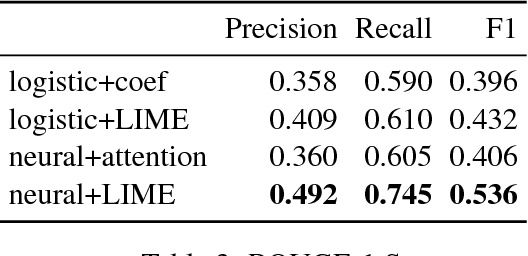Robert Morris
Probabilistic modelling and safety assurance of an agriculture robot providing light-treatment
Jun 24, 2025



Abstract:Continued adoption of agricultural robots postulates the farmer's trust in the reliability, robustness and safety of the new technology. This motivates our work on safety assurance of agricultural robots, particularly their ability to detect, track and avoid obstacles and humans. This paper considers a probabilistic modelling and risk analysis framework for use in the early development phases. Starting off with hazard identification and a risk assessment matrix, the behaviour of the mobile robot platform, sensor and perception system, and any humans present are captured using three state machines. An auto-generated probabilistic model is then solved and analysed using the probabilistic model checker PRISM. The result provides unique insight into fundamental development and engineering aspects by quantifying the effect of the risk mitigation actions and risk reduction associated with distinct design concepts. These include implications of adopting a higher performance and more expensive Object Detection System or opting for a more elaborate warning system to increase human awareness. Although this paper mainly focuses on the initial concept-development phase, the proposed safety assurance framework can also be used during implementation, and subsequent deployment and operation phases.
Detecting and Explaining Crisis
May 26, 2017



Abstract:Individuals on social media may reveal themselves to be in various states of crisis (e.g. suicide, self-harm, abuse, or eating disorders). Detecting crisis from social media text automatically and accurately can have profound consequences. However, detecting a general state of crisis without explaining why has limited applications. An explanation in this context is a coherent, concise subset of the text that rationalizes the crisis detection. We explore several methods to detect and explain crisis using a combination of neural and non-neural techniques. We evaluate these techniques on a unique data set obtained from Koko, an anonymous emotional support network available through various messaging applications. We annotate a small subset of the samples labeled with crisis with corresponding explanations. Our best technique significantly outperforms the baseline for detection and explanation.
 Add to Chrome
Add to Chrome Add to Firefox
Add to Firefox Add to Edge
Add to Edge